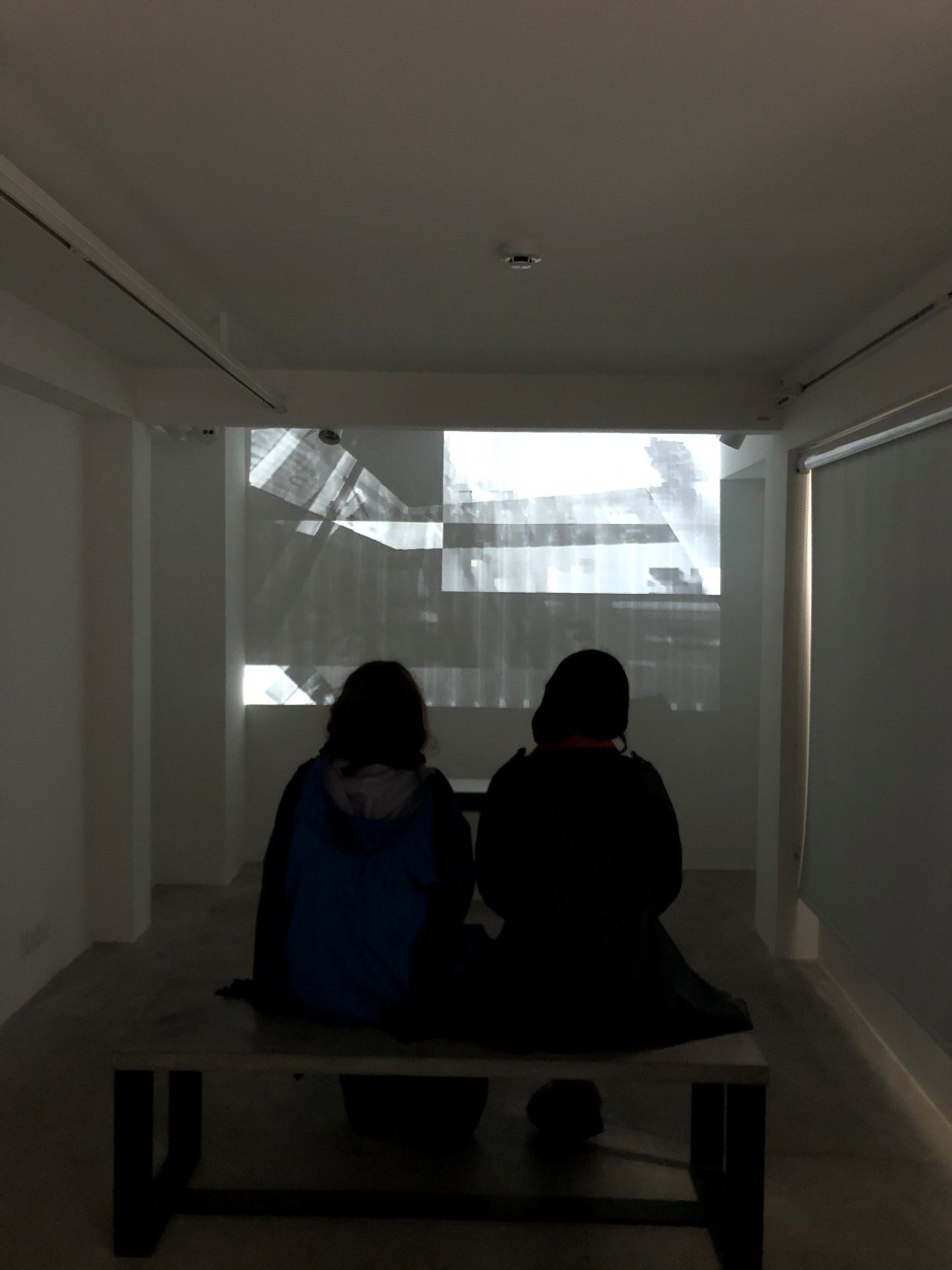Humans Like Raindrops: Symbolic New Media Art by Sadeq Majlesipour

Life is a rollercoaster. It gives no quarter and makes you go through ups and downs all the time. In this continuum, people look like raindrops that tend to fall on the surface and then turn into vapor, completing the ancient circle of life. Inspired by this idea, the talented Iranian artist Sadeq Majlesipour (Sadegh Majlesi) created “Humans Like Raindrops,” a unique new media art piece that was presented in the 11th and final week of the group exhibition “Glitch Art: Pixel Language” organized by Platform 101.
Symbolic new media art by Sadeq Majlesipour
Sadeq Majlesipour (b. 1989) is a contemporary graphic designer and glitch artist based in Rasht, Iran. Majlesipour works in new media art, which he believes is the most relevant and fruitful medium for expressing the views of the modern-day generation. One of his latest video art creations, born from a mix of this philosophy and a unique approach to contemporary art, is “Humans Like Raindrops.”
The title of the work speaks for itself. Sadeq Majlesipour compares humans to raindrops and the sound of rain to the noise of the human crowd. This symbolic artwork tells a lot about the way people endure through time, undergoing different experiences in life. One can fall like a raindrop from the heights of heaven and then find a new form of water vapor to ascend back to the high grounds.
Sadeq Majlesipour’s visual language is subtle and explicit. It leaves no place for distortions in the minds of viewers, so you always see the complete imagery. “Humans Like Raindrops” is no exception. The visual elements of this innovative video artwork, complemented by the noise of rain and people outside, make it a highly aesthetic piece of new media art. Sadeq Majlesipour’s “Humans Like Raindrops” was exhibited along with the works by Reza Famori and Mohammad Ali Famori at Bavan Gallery in Tehran and became the fitting end to the unforgettable exhibition dedicated to glitch video art.

